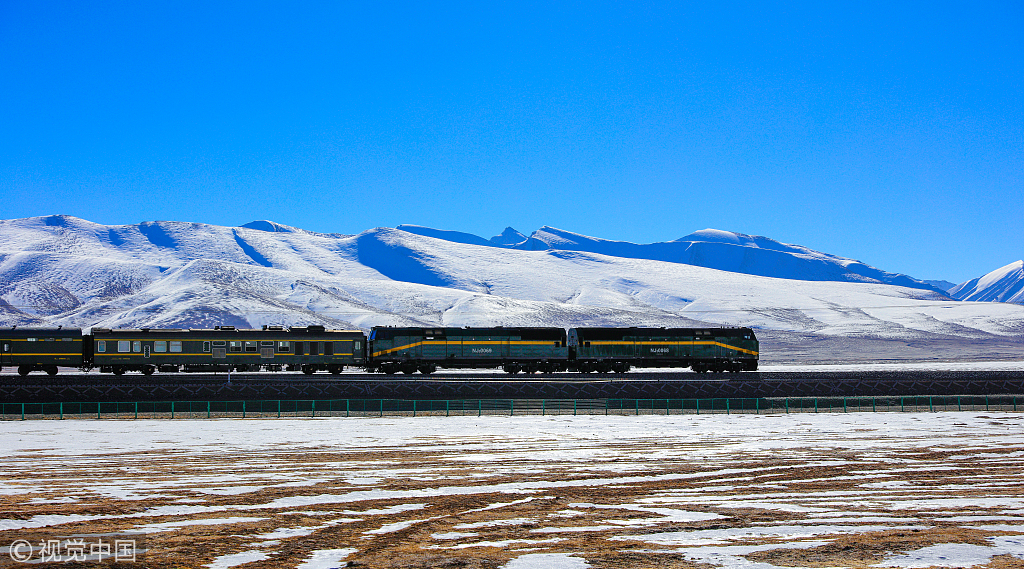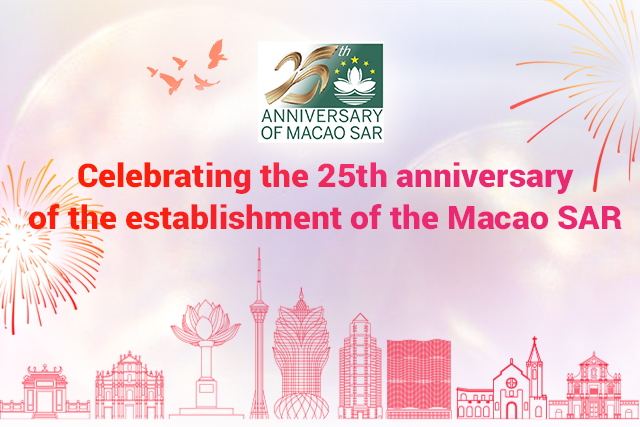Qinghai-Tibet Railway a driving force of Tibet's growth


Since its opening in 2006, the Qinghai-Tibet Railway has been serving as an important driving force for the economic development of Tibet.
Linking Xining and Lhasa, capital cities of northwestern Qinghai province and southwestern Tibet autonomous region, the railway, 1,956 kilometers long, is the region's first railway in history.
In the past 12 years, the railway has transported 182 million passengers, 552 million tons of goods, according to the Qinghai-Tibet Railway Company.
The railway is known as a "sky road", because it is built at the highest altitude and is the longest railway sited on a high plateau.
As a result, the geographic conditions brought many challenges, including the high altitude and lack of oxygen, to the operation of the railway, according to the company's executives.
The construction of the railway took decades of work. The first section, or the Xining-Ge'ermu section, started in 1958 and was completed in 1979. The construction of the Ge'ermu-Lhasa section did not start until 2001. The section was put into operation in July 2006, marking the completion of the railway.
So far, the Lhasa Station has served nearly 30 million passengers since 2006.
Official statistics show the region's GDP rose from 24.88 billion yuan ($38 billion) in 2005 to 131.06 billion yuan in 2017. Local officials said the railway contributed a lot to the growths.
Many of the locals alongside the line also have benefited from it, since traveling has becoming more convenient and more job opportunities have been created.
- Survivor of Japan's 'comfort women' system dies
- 19 foreigners among China's first officially certified hotpot chefs
- China approves new lunar sample research applications from institutions
- Fishing, Hunting festival opens at Chagan Lake in Jilin
- A glimpse of Xi's global insights through maxims quoted in 2024
- China's 'Ice City' cracks down on ticket scalping in winter tourism




































